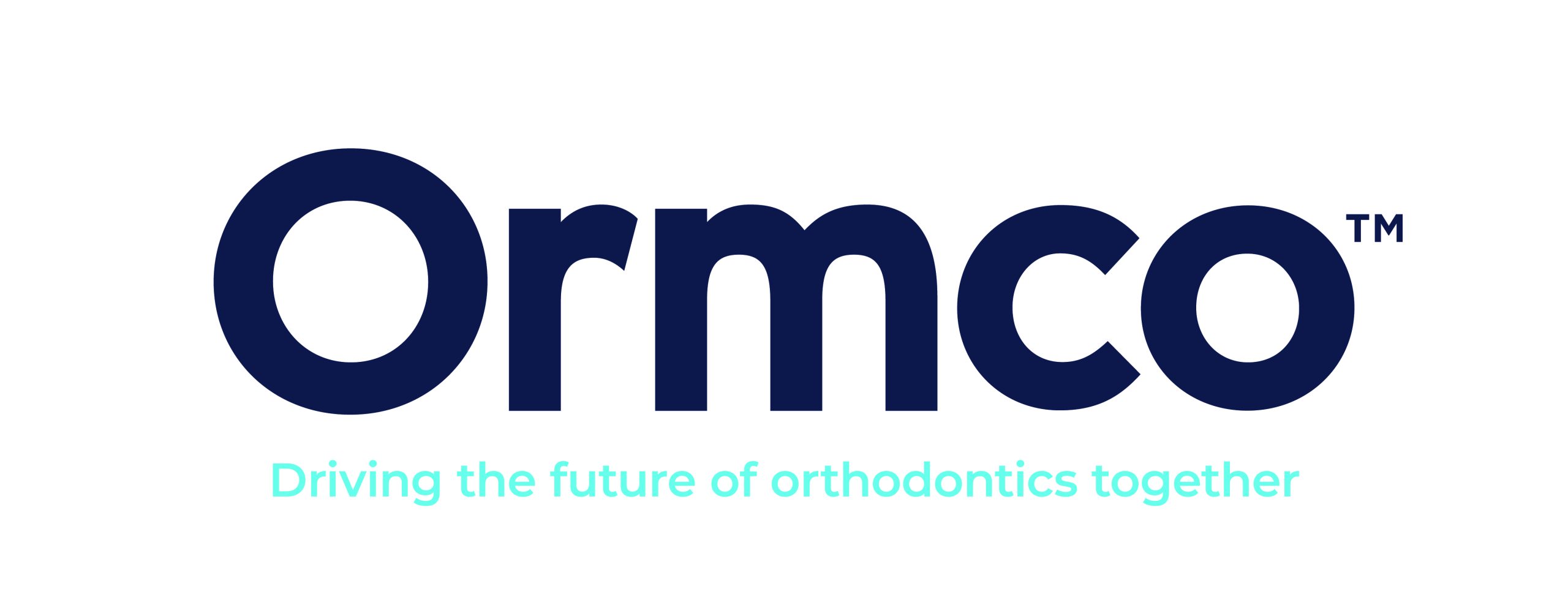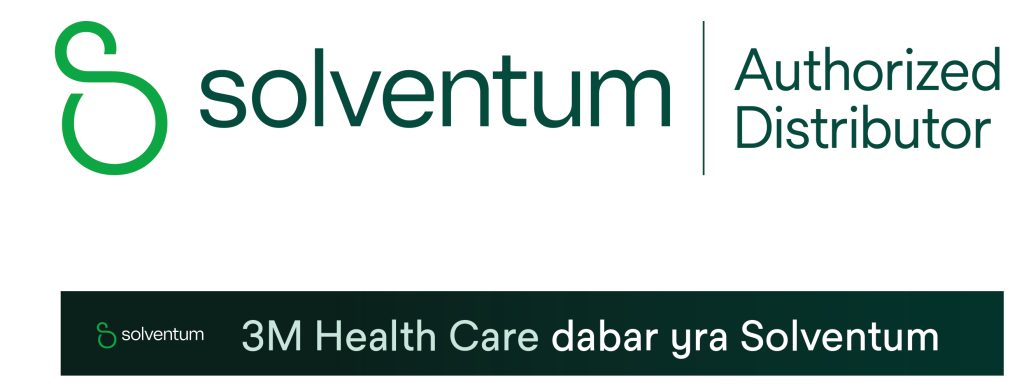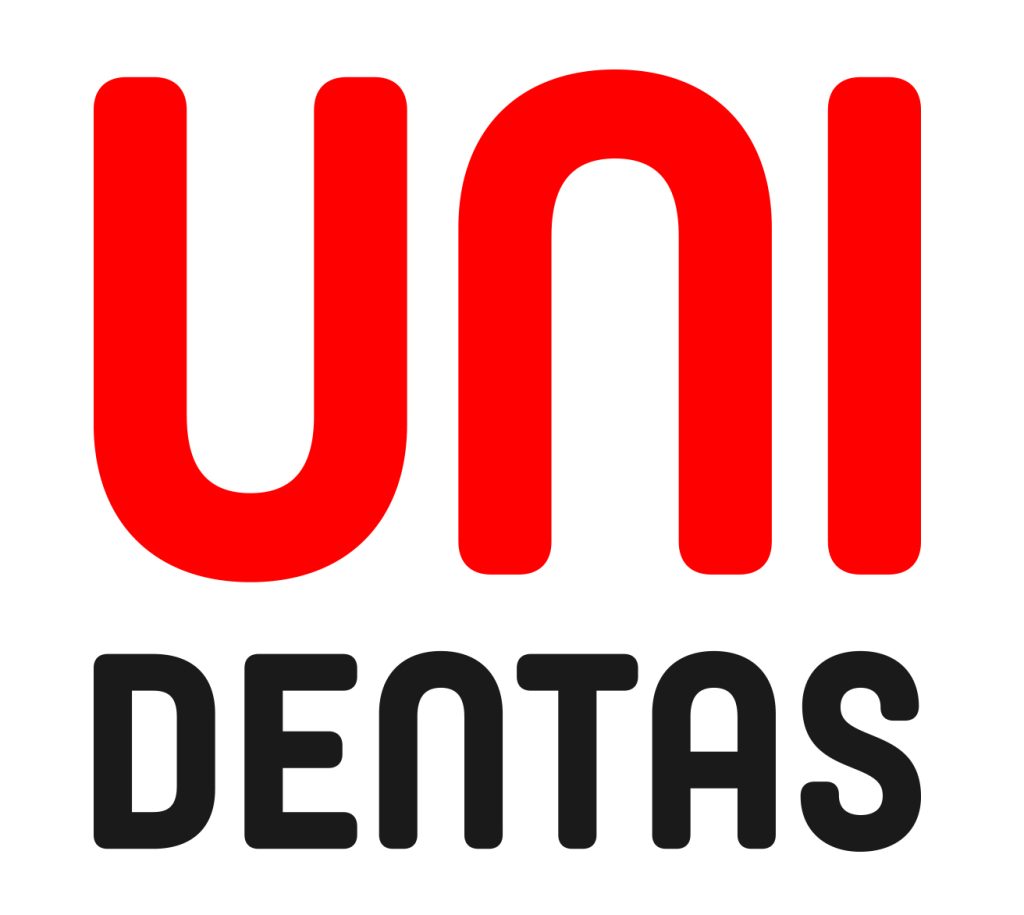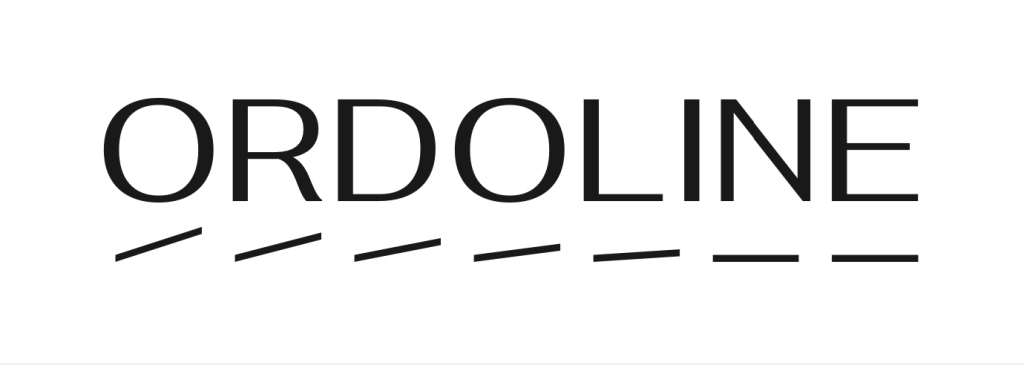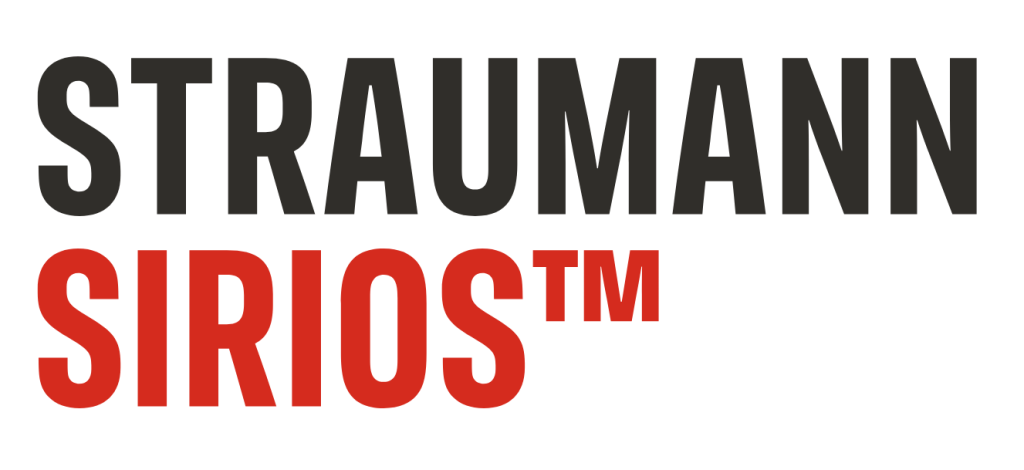2nd International scientific–practical conference
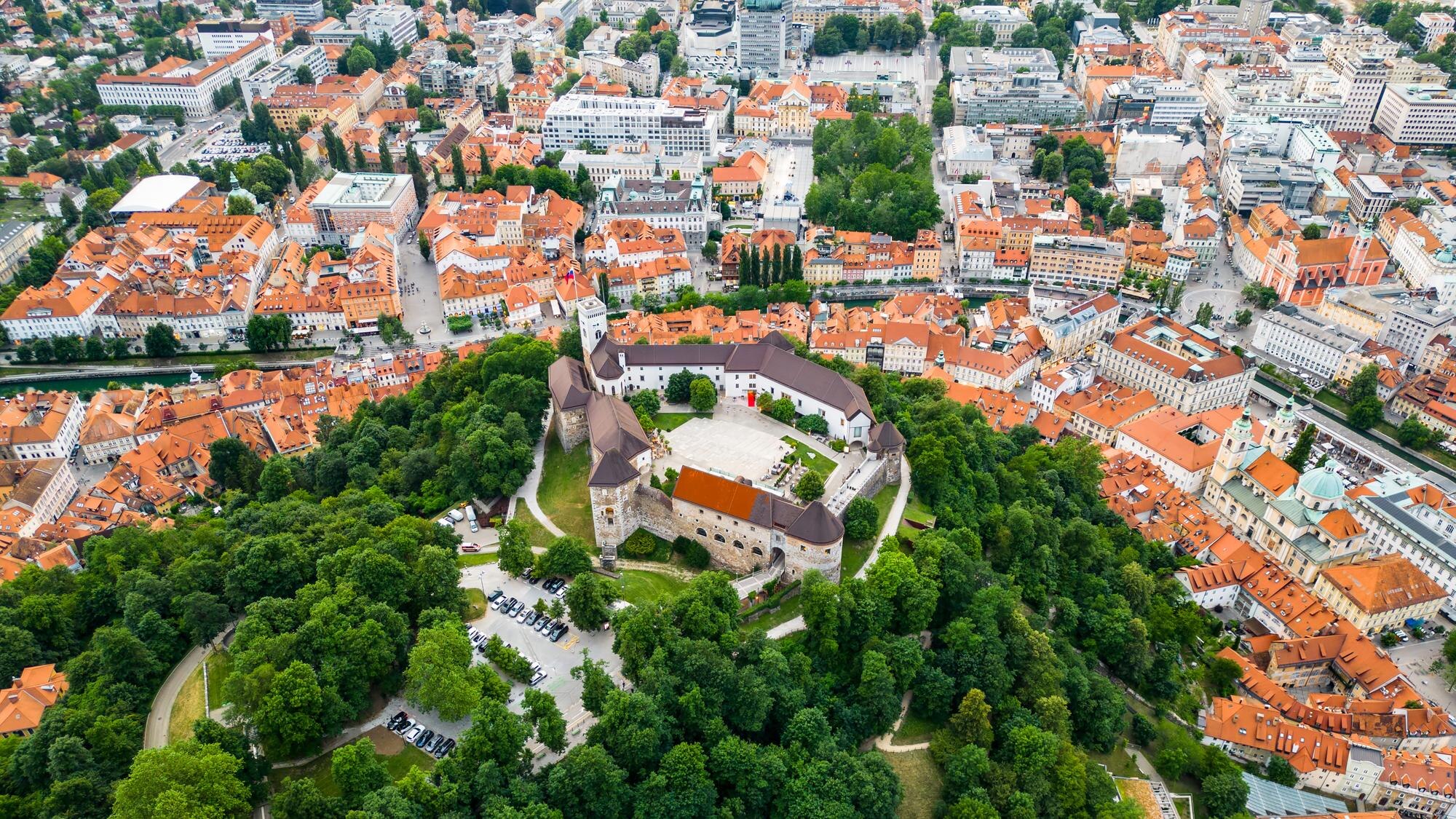
DIGITAL OR CONVENTIONAL
What is more effective?
Date: 17-18 January, 2025
Venue: Business Leaders Center in Kaunas
K. Donelaičio g. 60, A korpusas, Kaunas, Lithuania
Price
Till 31st of December
Specialists: 90 €
Residents: 40 €
From 1st of January
Specialists: 120 €
Residents: 60 €
Till 31st of December
Specialists: 90 €
Residents: 40 €
From 1st of January
Specialists: 120 €
Residents: 60 €
The Host

Dear Colleagues,
I am delighted to invite you to the 2nd
International Scientific-Practical Conference,
“Digital or Conventional? What is More Effective?”
taking place in Kaunas in January 2025.
Our program includes inspiring keynote speakers,
engaging panel discussions, and scientific sessions
where young researchers will showcase their latest
work. This conference offers a valuable opportunity
to exchange insights and connect with fellow
scientists and practitioners.
Join us in Kaunas for an enriching scientific and
practical experience at the 2nd International
Scientific-Practical Conference.
We look forward to welcoming you!
Prof. Kristina Lopatienė
Head
of the Department of Orthodontics
Lithuanian
University of Health Sciences
Program
| 8.30-9.00 | Registration |
| 09.00 – 09.10 | Opening |
| 09.10 – 09.30 | Orthodontic treatment: new challenges. Kristina Lopatienė, Lithuanian University of Health Sciences |
| 09.30 – 9.50 | Evaluation of maxillary expansion: clear aligners vs rapid maxillary expanders in mixed dentition. Arūnas Vasiliauskas, Lithuanian University of Health Sciences |
| 9.50 – 10.10 | The future of prevention: innovation in dental health. Triin Jagomägi, University of Tartu |
| 10.10 – 11.10 | Optimizing the mastery of mechanics combining new technologies and methods. Michel Le Gall, Aix Marseille University |
| 11.10 – 11.30 | Coffee break |
| 11.30 – 13.00 | Optimizing the mastery of mechanics combining new technologies and methods. Michel Le Gall, Aix Marseille University |
| 13.00-14.00 | Lunch break |
| 14.00-15.30 | Biomechanical considerations in treating open and deep bite cases with aligners. Digital workflow in a modern orthodontic practice. Simone Parrini, University of Turin |
| 15.30 – 15.50 | Coffee break |
| 15.50-16.00 | Diagnostic ability of the Fränkel manoeuvre to detect the contributing jaw in Angle class II division 1 malocclusion. Nerija Spaičytė., Giedrė Trakinienė., Lithuanian University of Health Sciences |
| 16.00-16.10 | Maxillary morphological characteristics in patients with impacted canines. Ieva Gudelevičiūtė., Nerija Spaičytė., Dalia Smailienė., Lithuanian University of Health Sciences |
| 16.10-16.20 | Untreated impacted teeth with the resorption of adjacent teeth: what is happening over time? Modesta Ralytė., Monika Montrimaite., Rūta Almonaitienė., Vilnius University |
| 16.20-16.30 | Orthodontic treatment needs in maxillary impacted canines. Milda Kubilienė., Modesta Ralytė., Rūta Almonaitienė., Vilnius University |
| 16.30 -16.40 | Sustainability in dentistry. Girli Kallo, Triin Jagomägi, University of Tartu |
| 16.40-16.50 | The effect of orofacial myofunctional therapy on the position of the hyoid bone in patients diagnosed with obstructive sleep apnea: a pilot study. Andrey Dashuk, Triin Jagomägi, University of Tartu |
| 16.50-17.00 | Sleep-related breathing disorders in children: prevalence among orthodontically treated versus untreated groups. Neringa Paplauskienė., Vesta Jakštaitė., Rūta Almonaitienė., Vilnius University |
| 17.00 – 17.10 | Soft tissue morphology: genetic and environmental factors. Klaudija Urbutytė., Kristina Lopatienė., Lithuanian University of Health Sciences |
| 17.10 – 17.20 | Tooth autotransplantation to anterior maxilla. Egita Benefelde., Gundega Jākobsone., Riga Stradins University |
| 17.20 – 17.30 | The biological limits of the mandibular incisors movement: risks of orthodontic treatment. Liveta Rastokaitė., Eglė Zasčiurinskienė., Lithuanian University of Health Sciences |
| 17.30 – 17.40 | Prevalence of hypodontia in pre-orthodontic patients. Benedikta Palesik., Tomas Musulas, Kristina Lopatienė., Lithuanian University of Health Sciences |
| 17.40 – 18.00 | Q&A session Moderator. Arūnas Vasiliauskas, Lithuanian University of Health Sciences) |
| 18.00-19.00 | Networking event |
| 09.00 – 09.15 | How do environmental and genetic factors determine the anatomy of the palate: the relationship between the palate and upper airway. Monika Šidlauskienė, Lithuanian University of Health Sciences |
| 09.15 – 09.30 | Prevention of oral disease during orthodontic treatment. Sandra Petrauskienė, Lithuanian University of Health Sciences |
| 9.30 – 9.40 | Conservative management of white spot lesions in orthodontic patients. Kornelija Rogalnikovaitė., Eglė-Aida Bendoraitienė., Vilija Andruškevičienė., Lithuanian University of Health Sciences |
| 09.40 – 09.50 | Hypodontia of maxillary lateral incisors: open or close the space? Guoda Mockutė., Dalia Smailienė., Rūta Almonaitienė., Lithuanian University of Health Sciences, Vilnius University |
| 09.50 – 10.00 | An evaluation of slot size variations in self – ligating bracket systems. Neringa Paplauskienė., Vilija Berlin., Rūta Almonaitienė. (Vilnius University) |
| 10.00 – 10.10 | Parents’ awareness of their children dentition, orthodontic appliances and main treatment goals. Vesta Jakštaitė., Rūta Almonaitienė., Vilnius University |
| 10.10 – 10.20 | Three‐dimensional mandibular condyle remodeling pre- and post-orthognathic surgery. Audra Janovskienė., Jan Pavel Rokicki., Dainius Razukevičius., Lithuanian University of Health Sciences |
| 10.20 – 11.20 | Complex sagittal cases treatment with aligners – myth or reality? Udo Windsheimer, Private dental clinic, Crailsheim |
| 11.20 – 11.40 | Coffee break |
| 11.40 – 13.00 | Complex sagittal cases treatment with fixed appliances – what is really working? Christian Samoila, Private dental clinic, Bucharest |
| 13.00-14.00 | Lunch break |
| 14.00-15.00 | Complex sagittal cases treatment with aligners – myth or reality? Udo Windsheimer, Private dental clinic, Crailsheim |
| 15.00 – 15.20 | Coffee break |
| 15.20 – 17.30 | Complex sagittal cases treatment with fixed appliances – what is really working? Christian Samoila, Private dental clinic, Bucharest |
| 17.30 – 18.00 | Q&A session Moderator Kristina Lopatienė, Lithuanian University of Health Sciences |
Key notes speakers
Would you like to read about the speaker? Click on the image!
Prof. MICHEL LE GALL
(France)
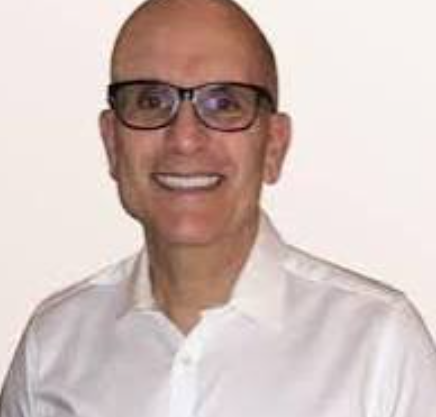

Prof. MICHEL LE GALL (France)
Professor Michel Le Gall is a specialist in dentofacial orthopedics (CECSMO) who graduated from the University of Aix Marseille in 1986. Doctor holds a PhD in Energy Mechanics on the frictional behavior of dental movement in ODF and holds an Habilitation to Direct Research.
He is an Associate Researcher at the Applied Biomechanics Laboratory UMRT24 IFSTTAR and Professor of University-Hospital Practitioner Head of Department in Dento-facile Orthopedics at the Timone Hospital and Head of Department at the Marseille School of Dentistry.
With the collaboration of Drs Pierre-Jean Soulié and Jany Volpi, he is the inventor of the TGO® Technique. The originality of this prescription lies in the undersizing of the grooves of the attachments of the maxillary and mandibular incisors (.020 x .028 in) increasing torque control in certain strategic phases of treatment ranging from leveling, through the phases from premolar, canine and incisor retractions to interarch correction and intercuspidation.
In this spirit of renewal and innovation, the TGO and the ideas of the GET( Dr Stefano TROIANI) have decided to merge to make this clinical concept even more efficient and effective.
Dr. UDO WINDSHEIMER
(Germany)
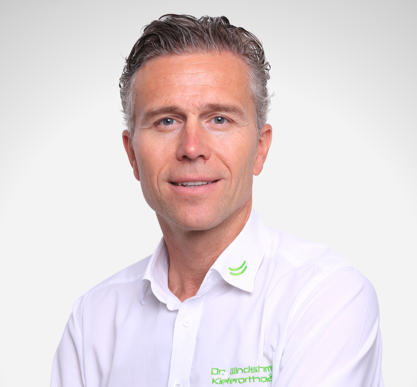

Dr. UDO WINDSHEIMER
(Germany)
Orthodontist with practice in Crailsheim and Invisalign-practice in Munich, Bogenhausen. He studied dental medicine at the University of Würzburg from 1991-1996 and was promoted to orthodontist from 1997-2000 at the University of Regensburg. Invisalign certified since 2001 and clinical speaker for Align Technology. Diamond doctor with more than 3.000 Invisalign treatments. Member of several orthodontic societies (DGAO, DGKFO, BDK, WFO). Author of several professional articles about Invisalign. He conducts the EUMAA, European Masters of Aligners, the master program with certification. Member of Invisalign Advantage Elite Club.
Dr. SIMONE PARRINI (Italy)
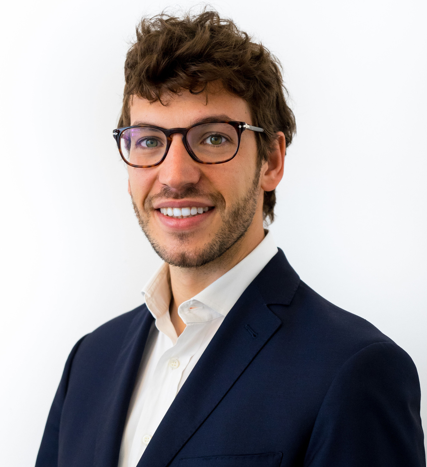

Dr. SIMONE PARRINI (Italy)
graduated with honors in Dentistry and Dental Prosthetics in 2012 at the University of Siena. In the same year he obtained the qualification to practice the profession of Dentist at the University of Florence and enrolled in the Register of Doctors and Dentists of Siena (No. 390). In 2016 he obtained the Specialization in Orthodontics with honors and dignity of the press at the University of Turin. At the same University, he also deals with research on the most modern innovations in the orthodontic field and is the author and co-author of numerous articles published in the most prestigious national and international journals. He received Invisalign certification in 2015. He collaborated with University of Turin with the role of Associate Professor from 2020 and he also received Research Fellowship in 2019 and 2023
Dr. CHRISTIAN SAMOILA
(Romania)
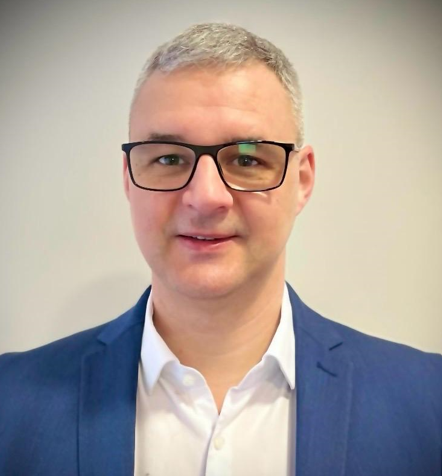

Dr. CHRISTIAN SAMOILA
(Romania)
An orthodontic specialist with 11 years of experience, Dr. Christian has successfully treated over 1,000 full arch cases. He currently practices at his clinics in Timișoara and Arad. A recognized lecturer, he frequently attends and speaks at major national and international orthodontic conferences. As an active member of the European Society of Orthodontics, he regularly participates in key events worldwide. Since 2014, he has been a trainer for Smart Ortho Hands-On Orthodontic courses and, since 2018, owner and trainer for the Learning by Doing Educational Platform. Since 2016 member of GET community and since 2024 Speaker for Straumann.
Accreditation hours
16 hours
Lectures and abstracts
Contact information for registrations:
For Lithuanian participants
Please register at:
For registration questions please contact:
Main sponsors
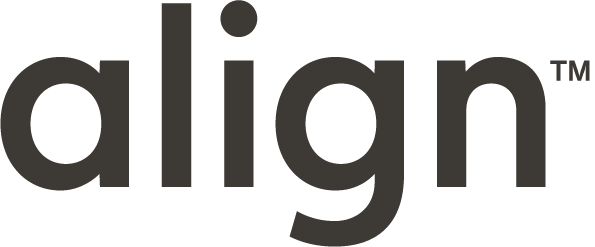
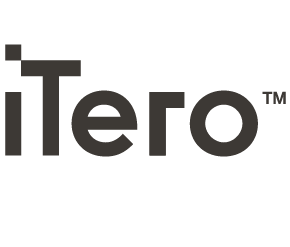
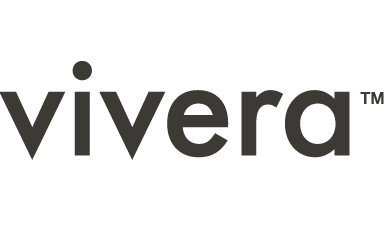






Sponsors

